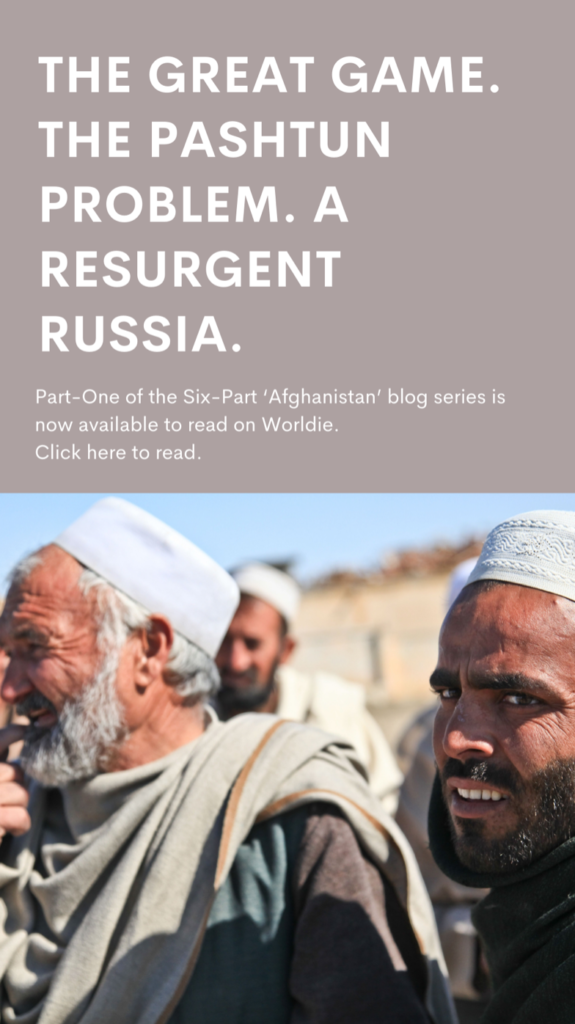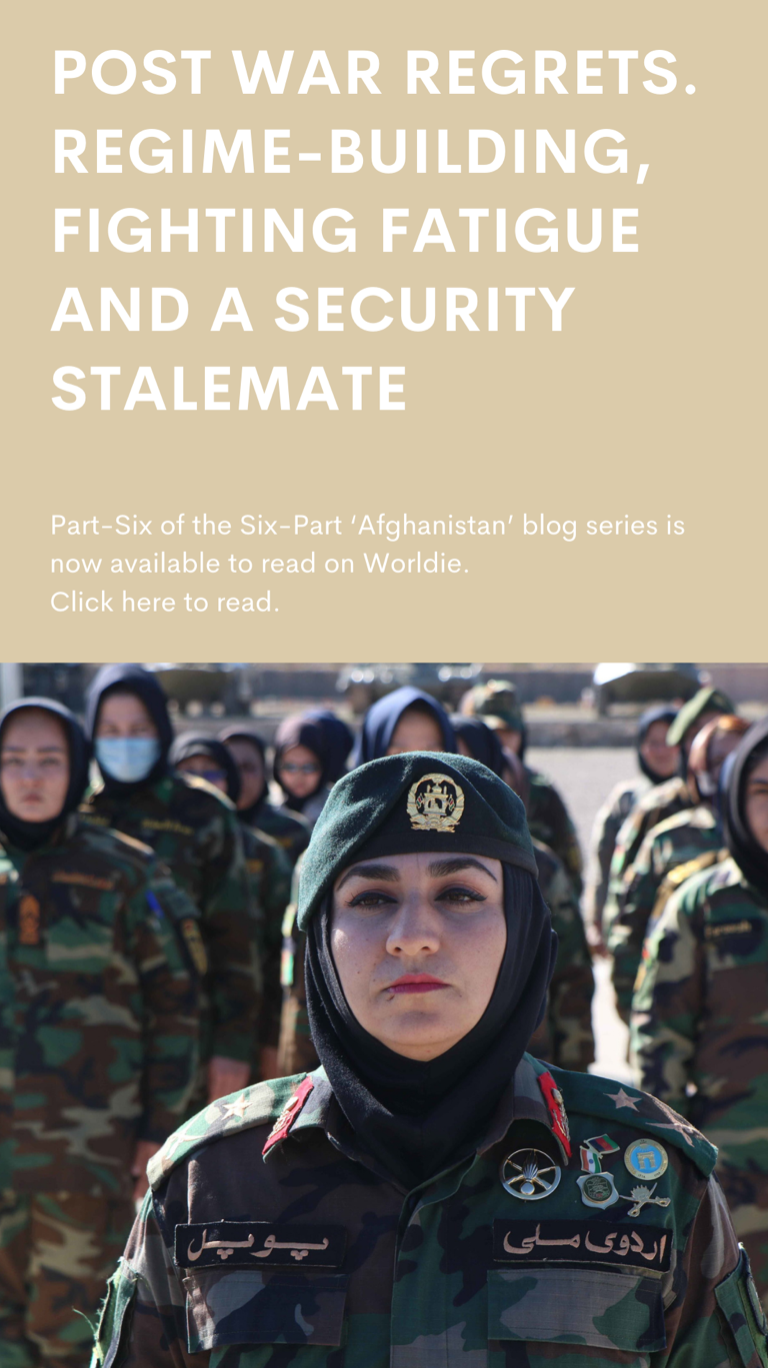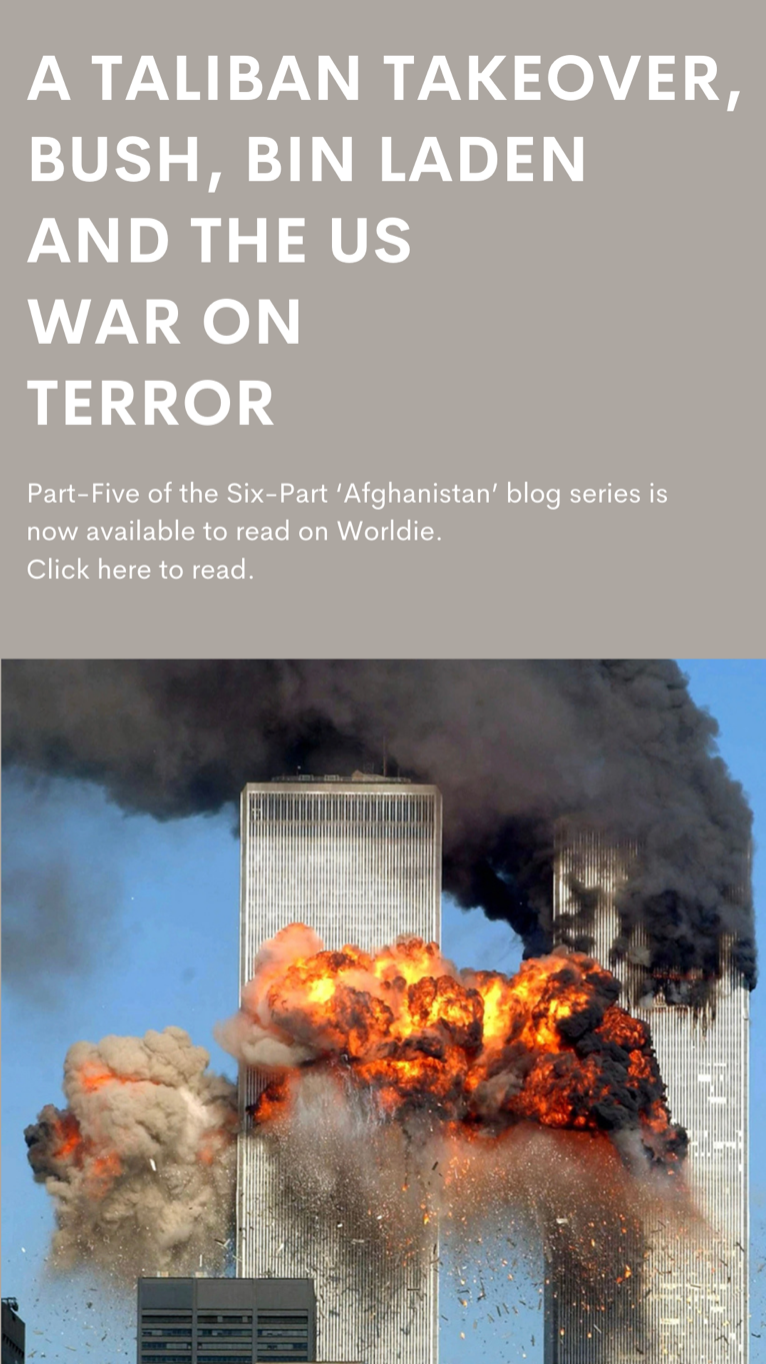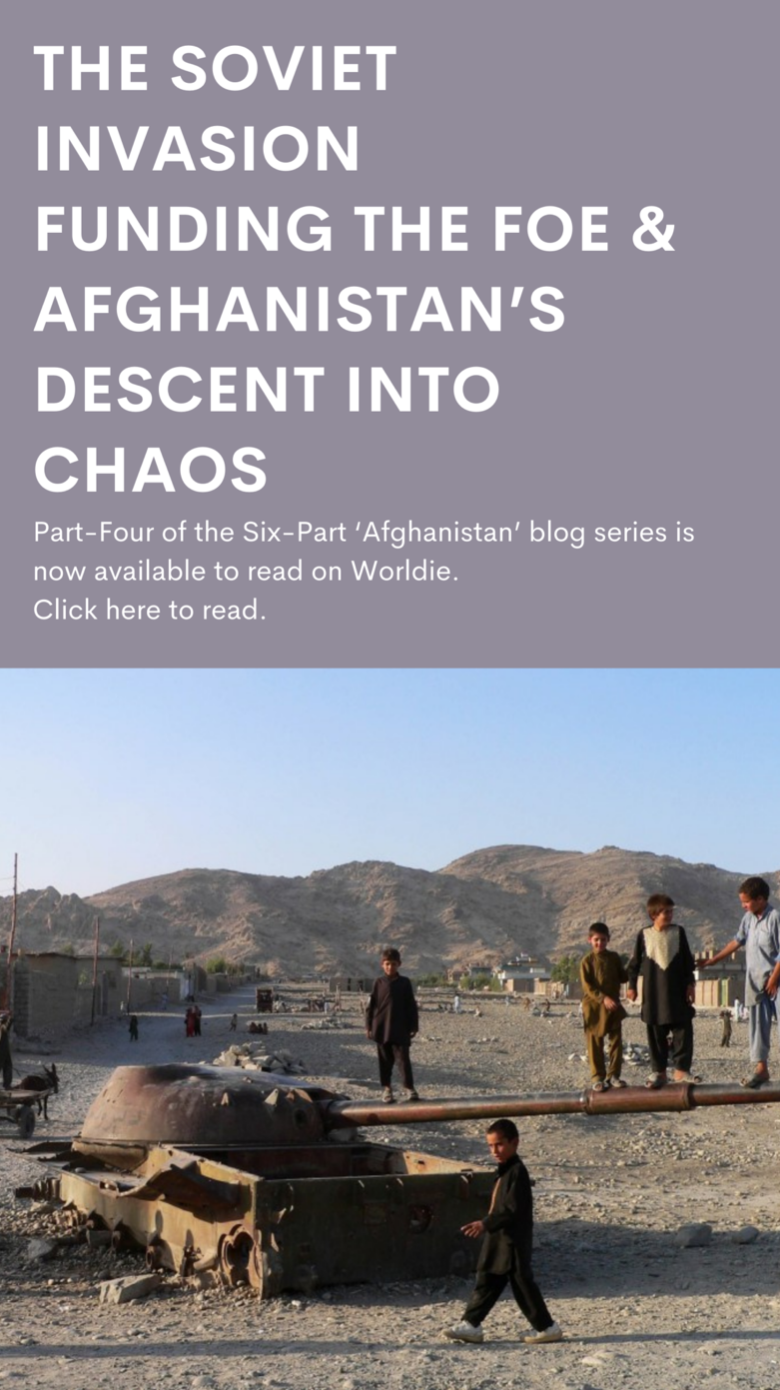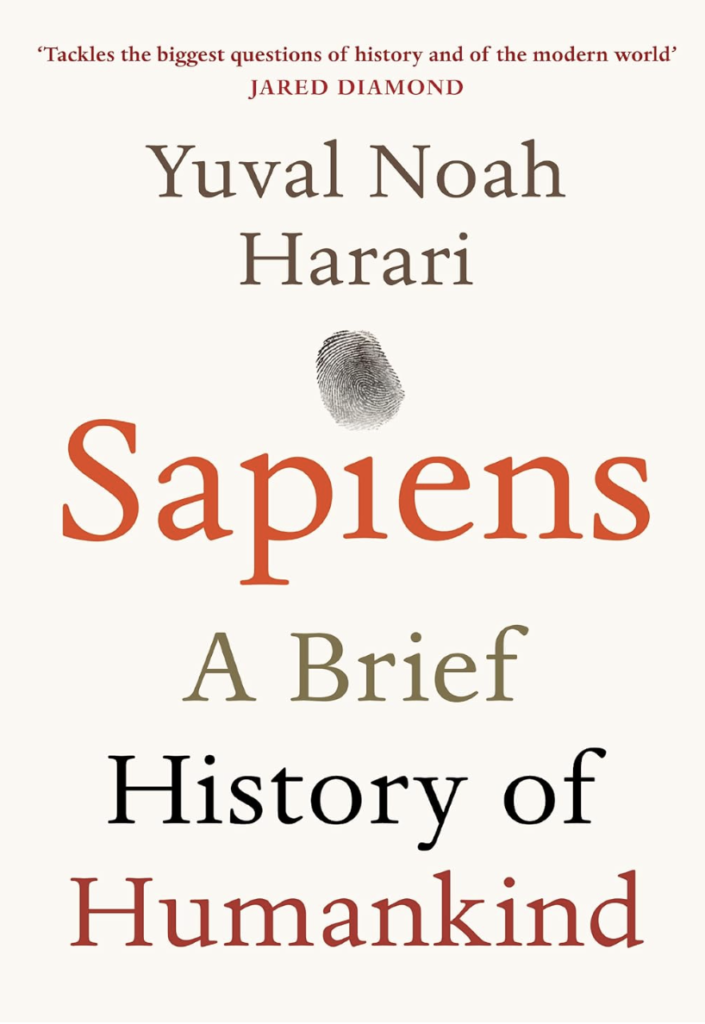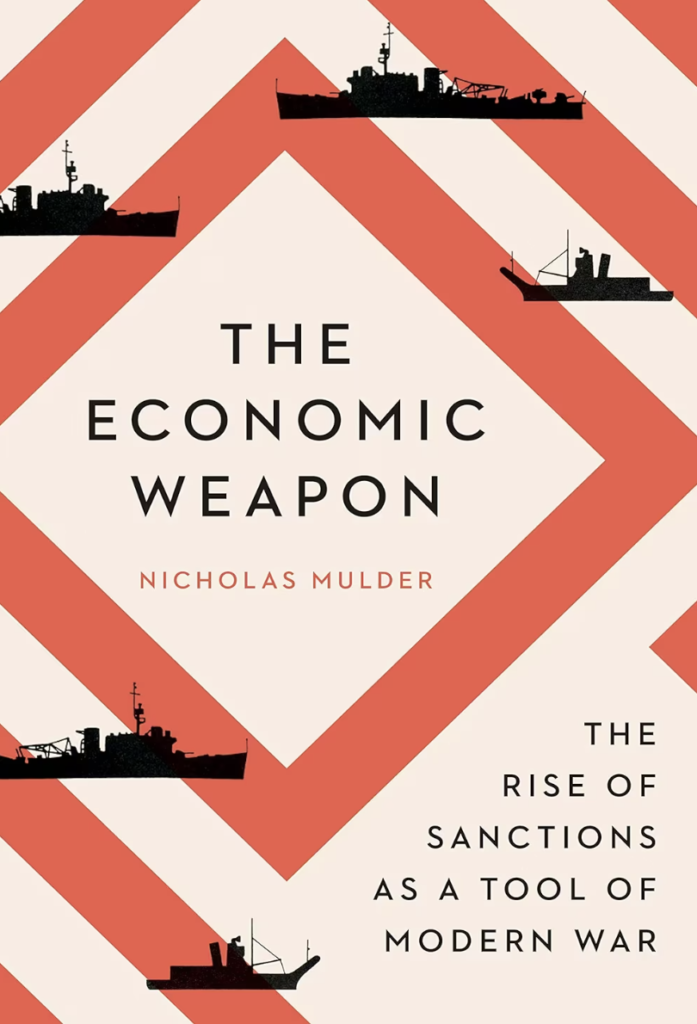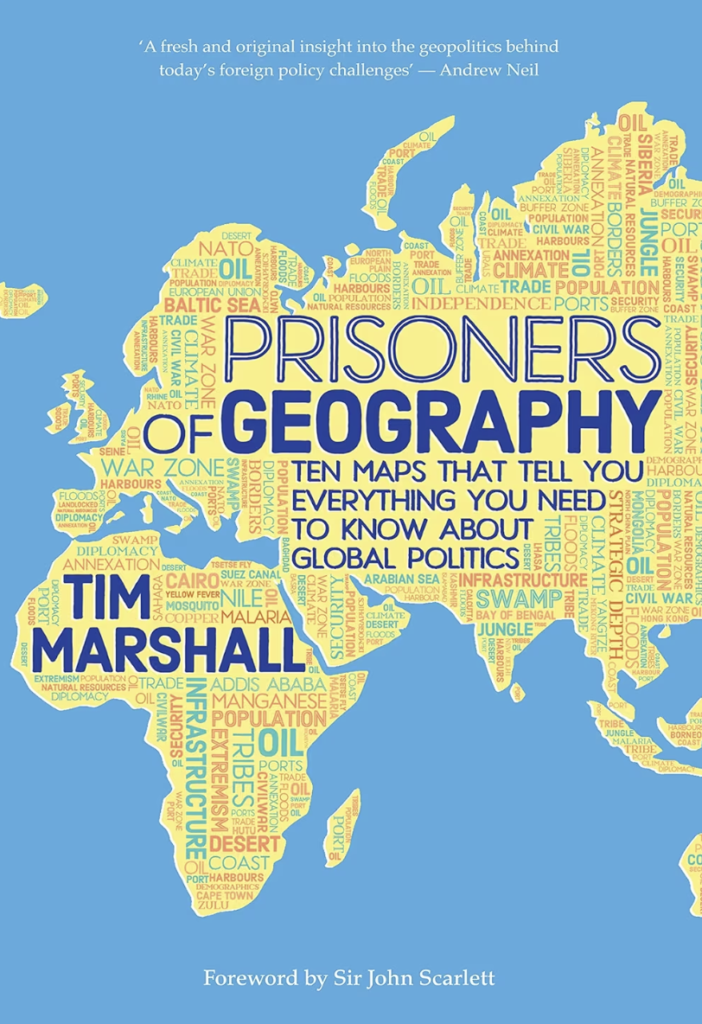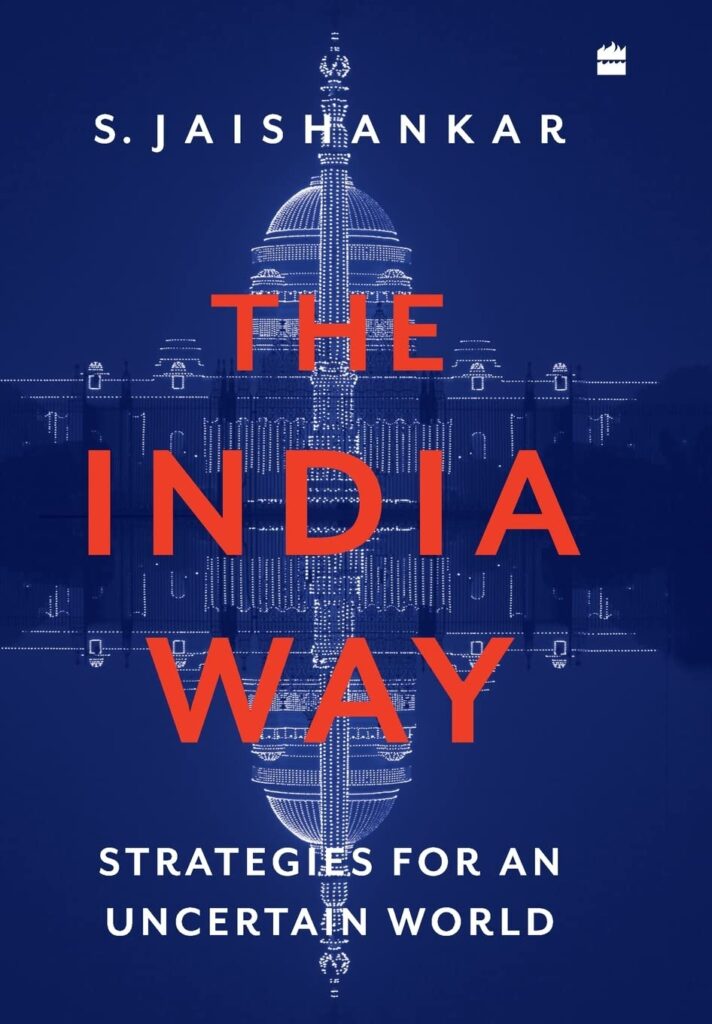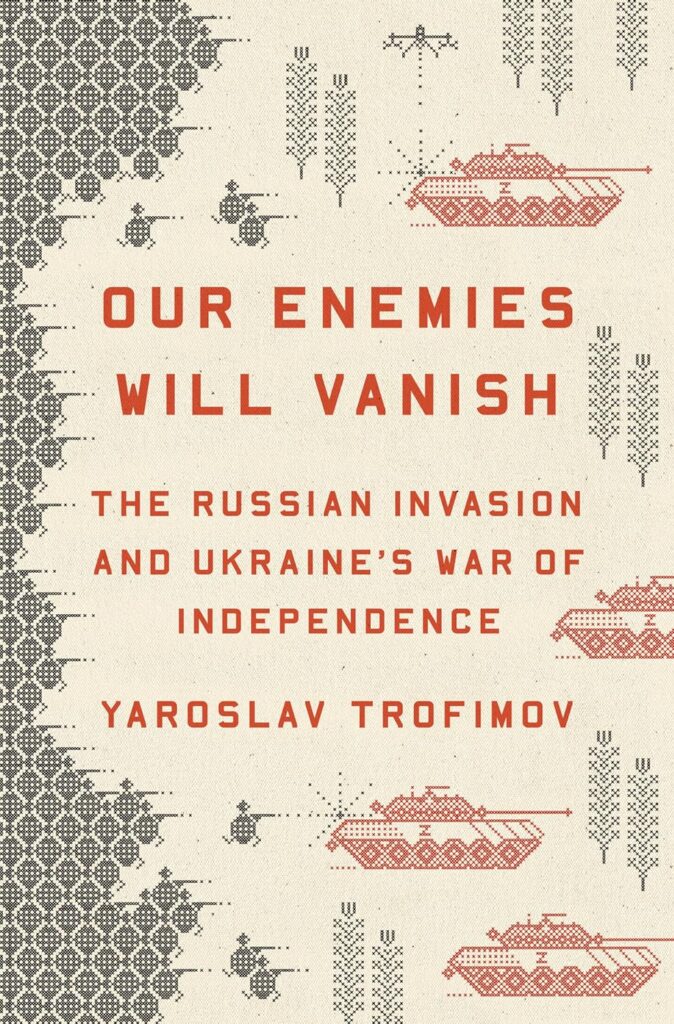The Great Game. The Pashtun Problem. A Resurgent Russia.
Part One of the Six-Part ‘Afghanistan’ Blog Series
Back in the 19th century when empires, imperialism and colonialism were trendy and cool, both the British Empire and the Russian Empire sought to expand their spheres of influence in central and southern Asia. The Indian subcontinent (South Asia) was ruled by Britain and most of central Asia was ruled by Russia.
BTW for those that don’t know, ‘imperialism’ (no, not the mints) is the policy of extending a country’s power beyond its borders and goes hand-in-hand with colonialism which is the practice of taking another country’s territory (usually by force), enslaving its people and assuming political/economic control of it. Annnnnd when you’ve done this to a few countries, well guess what, you’ve gone and got yourself an empire (congrats!).
Right, let’s start with the map below, shall we? I know it’s hard to believe given the level of technical detail and overall high quality but I drew it myself. To make it less complicated, I’ve left out all of the other countries because we don’t care about them right now. All that’s important is Russia, Afghanistan and British India.
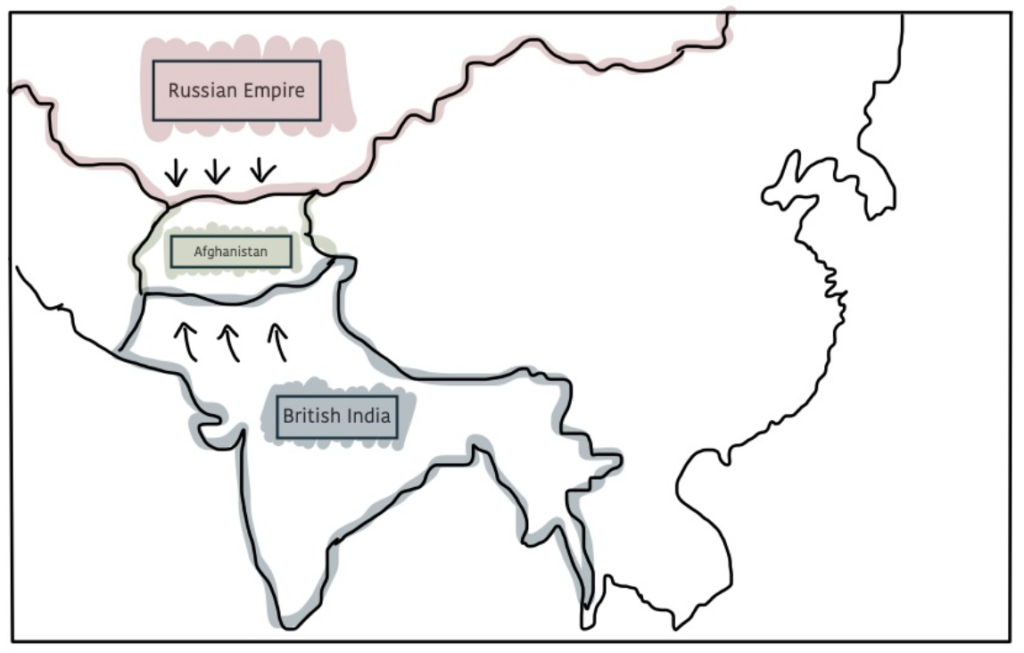
Over time, each of the empires’ spheres of influence slowly began to expand and both sides began to anticipate the inevitable crossing of paths, oh, and by crossing of paths, I mean an all-out clash of empires-style turf war. If you look at the map below, just above the letters ‘TAN’ in ‘AFGHANISTAN’ you can see a teeny tiny strip — that’s some of Afghanistan’s land keeping apart Russia and British India. That’s how close these two superpowers were to scrapping. Tense right?!
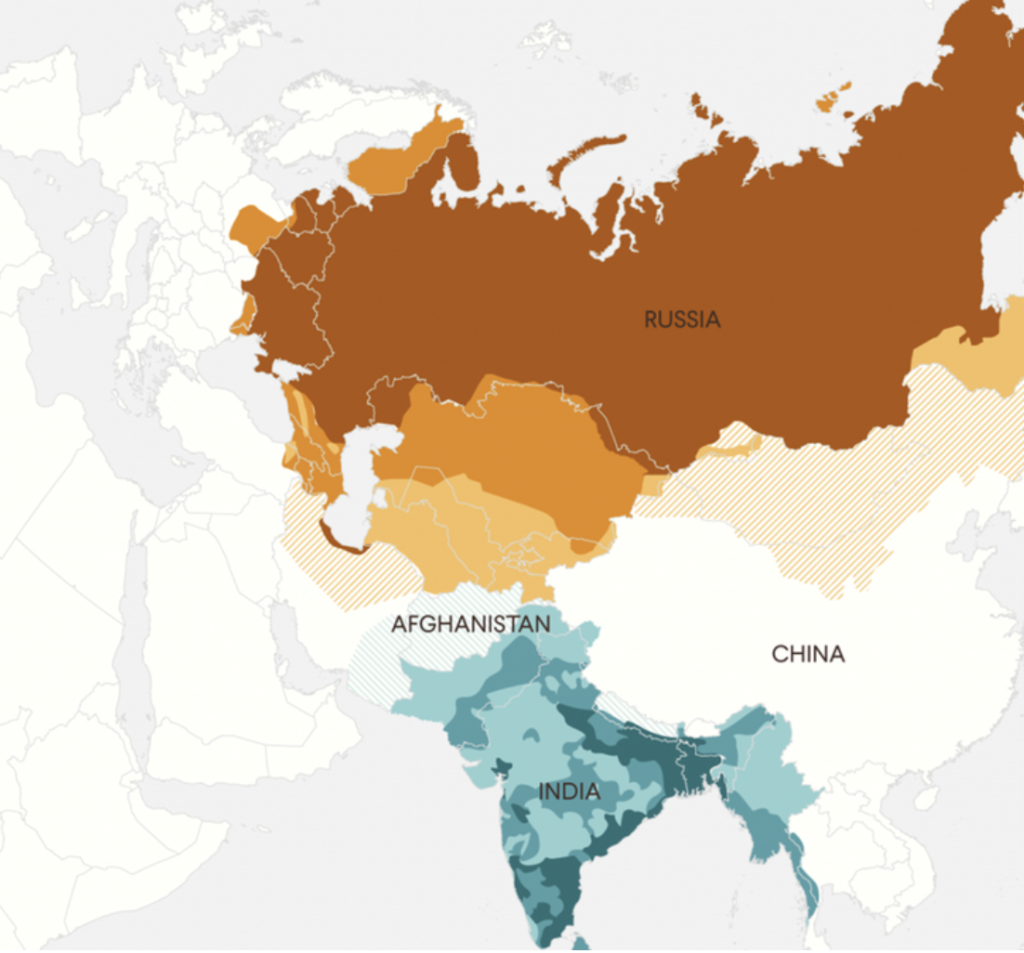
Russia was anxious about Britain’s success in India (success in this case meaning colonising the living shit out of it) and was worried that the Brits would soon start building new trade routes into central Asia (which is on Russia’s turf, remember?). A bit of context for you, at this point India was under direct British rule and was getting absolutely rinsed by Britain in terms of manpower, slaves = free labour; raw materials = took their raw materials then sold transformed materials back to them (the cheek of it) and on top of all that… India’s location was perfect for trading with the Far East as it was a nice little rest stop on the way to China. No wonder India was nicknamed the ‘Jewel in the Crown of the British Empire’. Poor bastards.
Anyway back to the story… We’ve got Russia all worried about a prosperous Britain eventually knocking on it’s metaphorical front door and Britain… well Britain was just as paranoid as Russia! BTW… this went on for AGES and is what Rudyard Kipling (the poet, not the cake man) nicknamed the ‘Great Game’ — a century-long atmosphere of distrust, confrontation and competition between the two Great European empires.
From Britain’s point of view, they were kinda like “We’ve really got everything going for us right now, haven’t we guys? We’re making money, we’ve got loads of free slaves, we’re getting a tan. Nothing will EVER ruin this for us right?! Oh, wait? What about that other massive empire that’s not that far away from us and if they reallllllllly wanted to could probably take it off us…..” (NB this has not been cited directly from a history book so please don’t quote this).
Britain became overly suspicious of Russia and genuinely started to fear that it was going to muscle in and steal its fat cash cow, India. (Ha, get it?! cow? India? … never mind). Now IF Russia wanted to do this, it would have to go through Afghanistan. Remember, at this point, little Afghanistan is just chilling in between these two rival countries minding its own business – imagine two massive blokes trying to scrap each other and the only thing keeping them apart is some scrawny four-foot guy standing in between them… it’s just not going to end well, is it?
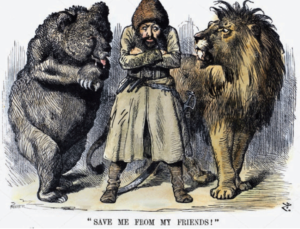
King Zahir Shah made the right decision to let his uncles run the country because this period of Afghanistan’s history was pretty chill and relatively unproblematic. Afghanistan joined the League of Nations, and became friends with Nazi Germany, Italy and Japan (AKA WW2’s baddies, the Axis powers) BUT remained one of the few countries in the world to remain neutral in the Second World War.
Soon after the Second World War ended, things changed dramatically for Afghanistan and its relatively chill period was abruptly interrupted by Britain’s announcement in 1947 that it was planning to withdraw from India. Wait. Britain… leaving… India? For 200 years India had been under direct rule of Britain. In 1947, India became independent from Britain and was divided into the countries of India and Pakistan. You’d think Afghanistan would have celebrated this announcement right? After all, they weren’t exactly big fans of the British as they themselves had once been victims of unwanted British political rule. However, Britain’s decision to leave India (and therefore, Asia) didn’t bring about a “Woohoo freedom! Yay liberation!” type of response, it was instead, more of a GTA “Ah shit, here we go again…” type of response. Despite all of Afghanistan’s fighting and fallouts with Britain in the past, Britain’s presence in India had restrained Russia’s territorial ambitions for a century.
In much simpler terms, Britain deterred Russia from interfering with Afghanistan because Russia knew Britain would kick off if it tried to meddle in its ‘neighbourhood’. With Britain now gone from South Asia, there would be no nearby regional European power capable of counteracting the threat to Afghanistan posed by the USSR (USSR = Union of Soviet Socialist Republics i.e. a rebranded version of the Russian Empire).
Think of it like this, your older sibling who’s two years above you at school has now moved on to college. With them gone, you haven’t got anyone to back you up when the kid who used to bully you starts coming for you again (Russia is the bully, Britain is the big bro and Afghanistan is you, get it?).
On the 15th August 1947 following Britain’s official withdrawal from British India, India ceased to exist as a British colony. In its place stood two brand spanking new separate countries — India and Pakistan.
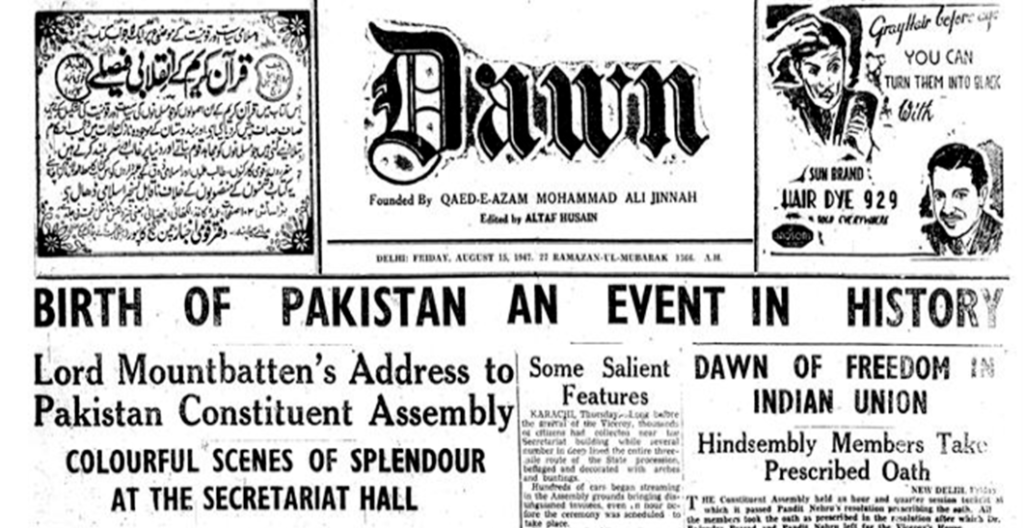
There are two major ethnic groups near the Durand Line, you’ve got the Punjabis and the Pashtuns. Natives of Pashtunistan (Pashtuns) have their own distinct culture and language (Pashto). Punjabis are the largest ethnic group in Pakistan and Pashtuns are the largest ethnic group in Afghanistan. The result of the Durand Line, Pashtuns (native Afghans) who have their own language and culture, have been forced to assimilate into Pakistan.
Afghanistan argues that it’s the historical homeland of Pashtunistan and therefore, all Pashtuns living in Pakistan should return home. Arguably, the most recognisable Pashtun is Sharbat Gula AKA the Afghan Girl. Her photograph was published on the front cover of National Geographic in 1984. It captivated millions of people around the world, earning itself the title of “the most recognised photograph” in the magazine’s history.
Overall, Britain’s announcement that it was to leave India, left Afghanistan in the shit with the issue of Pakistan and the Pashtun/Durand line. On top of this, Britain’s exit from Asia also left Afghanistan vulnerable to the looming threat of an anxiety-inducing Russia. In an attempt to alleviate some of its anxiety, Afghanistan turned to the USA for international support.

